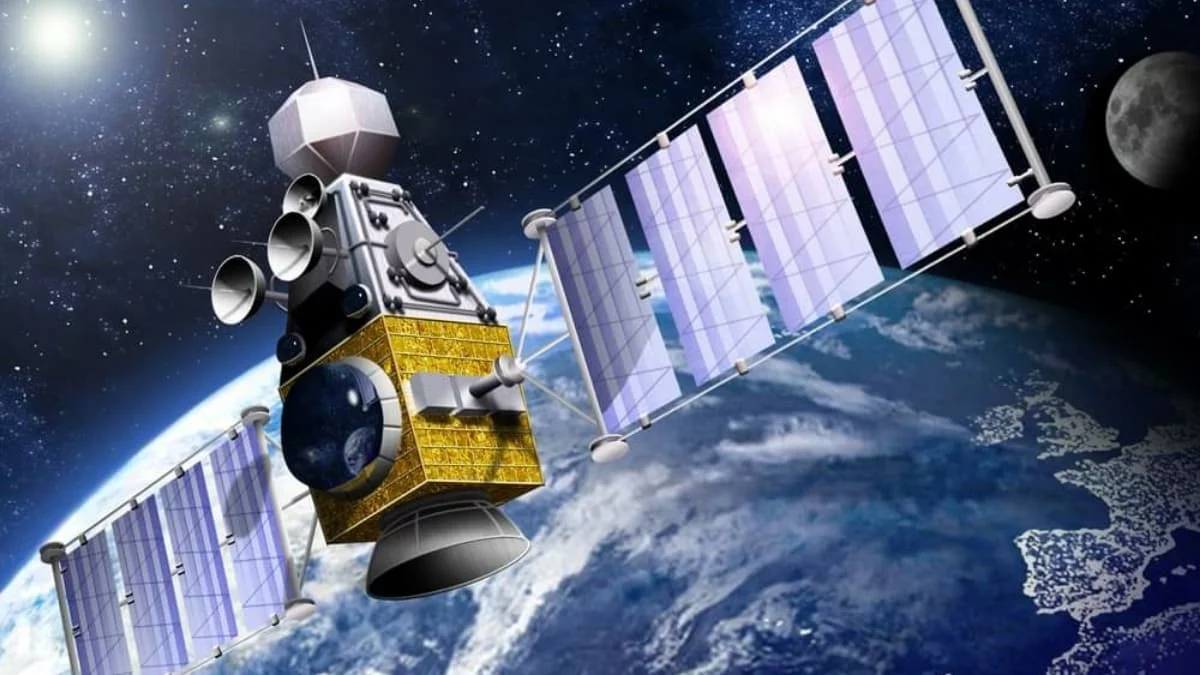India and Canada have been on amicable terms in the past some time. However, the news of the killing of Khalistani extremist Hardeep Singh Nijjar took their diplomatic relations to a new low. This paper delves into understanding the diplomatic relations of the countries from ever since they were established, and understanding the course throughout the years. The paper tries to understand the course of action after the whole episode and its learnings. Déjà vu! The polymath, Kautilya, in his treatise Arthashastra, already shed light on International Relations. The learnings hold relevance in the current scenario. From the Saptang theory to the theory of Matsyanyaya, the treatise is parallel to the reigning International Relations theories. The paper is a case study of the India- Canada diplomatic row and the relevance of Kautilya’s teachings that deal with the changing world order. Further, it concludes the current state of relations and recommends how to proceed with it.
Keywords: Kautilya, Arthashastra, India-Canada diplomatic dispute
Introduction
Canada is home to over 1.5 million Persons of Indian Origin (PIO), comprising more than 3% of its population. The two-way trade between India and Canada was approximately $6.47 billion in 2020. India accounts for 0.81% of Canada’s global trade. Canada sees India as an important South-Asian country for containing China in its expansionist policies. Beyond this, trade opportunities between the two countries are tremendous but their diplomatic relationship has seen a fair share of highs and lows.
In the past few years, the bone of contention has been the existence and thriving of Khalistani extremists in Canada. Their demand for an autonomous state of Khalistan for the Sikh minorities has always irked the Indian government and its citizens.
After a successful G20 Summit in Delhi that seemed to please all the dignitaries came Canadian Prime Minister Justin Trudeau’s allegations of India’s “potential” involvement in the killing of Khalistani leader Hardeep Singh Nijjar. India dismissed these allegations stating them to be “ridiculous” and “politically motivated”. Canada dismissed an Indian official in connection with the killing of Nijjar. In retaliation to this, India suspended a high-ranking Canadian diplomat. These events led to a downturn in the India-Canada relations. India has also temporarily halted its visa services in Canada and issued a precautionary advisory to its citizens and travelers heading to Canada. The talks over a Free Trade Agreement (FTA) have been stalled for an unprecedented time. However, attempts are being made to mend the distorted ties. The High Commission of India in Ottawa made a press release stating that visa services would be resumed.
India- Canada Relations So Far
Start on amicable terms
India-Canada diplomatic relations date back to 1947, when India became an independent state. The relations were established on the shared principles of plurality and democracy. The diplomatic and economic collaboration provided a win-win situation for both countries as India served as a big market for Canadian investment while Canada provided its expertise in power, transport, roads, telecommunications, environment, and sustainable development.
Canada viewed India as a crucial power in the Indo-Pacific region. Besides, affiliation with India could help Canada expand its ties to the African continent. Canada believed that it could act as a mediator between India and the US to balance their views about each other after the Cold War and the Non-Alignment Movement. After the Cold War, India was the largest recipient of Canada’s external assistance which largely aimed at research and industry development.
The Downturn
In 1948, Canada supported a referendum on the Kashmir issue, a stance against India’s interests. In 1949, Canada joined the North Atlantic Treaty Organization(NATO) as its founding member. This was at odds with India’s Non-Alignment Movement (NAM) membership wherein India tried to maintain strategic neutrality and balance between the US and the erstwhile USSR. Both countries grew suspicious of each other, Canada believed India was not actively taking part in international relations, while India thought Canada was getting more allied to the Western countries. From here on, India-Canada diplomatic relations faced a decline.
Canada believed that there were ‘commonalities’ between the two countries in the form of a shared language and a similar judicial system. In line with this, Canada was of the perception that India would abandon its Non-Alignment stance and align towards the West. However, this did not happen. Rather, Pakistan aligned with the West and Canada got closer to Pakistan than it was to India. What exacerbated the matters was that in 1954 at the Geneva Conference Canada supported the US while India supported the Communist bloc. The state of emergency in 1975 that lasted for 21 months led to a further downturn in the diplomatic relationship. There was political, economic, and diplomatic uncertainty.
Click Here To Download The Paper


📌Analysis of Bills and Acts
📌 Summary of Reports from Government Agencies
📌 Analysis of Election Manifestos

